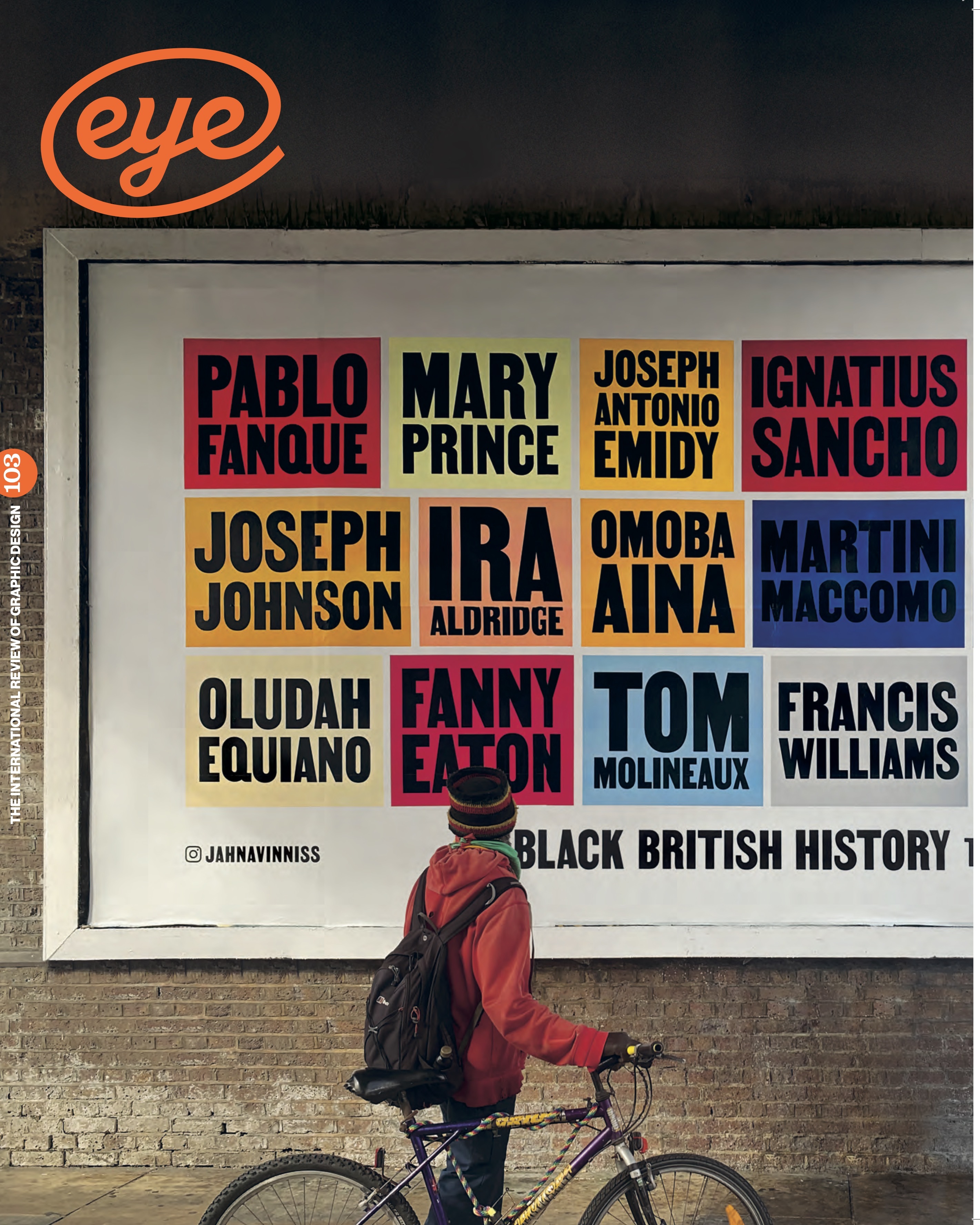Summer 2022
Magic and logic
Communicating Knowledge Visually: Will Burtin’s Scientific Approach to Information Design
By R. Roger Remington and Sheila Pontis. Designed by Bruce Ian Meader. RIT Press, $49.99.The New York Subway Map Debate
By Gary Hustwit and Standards Manual, designed by Order, $40.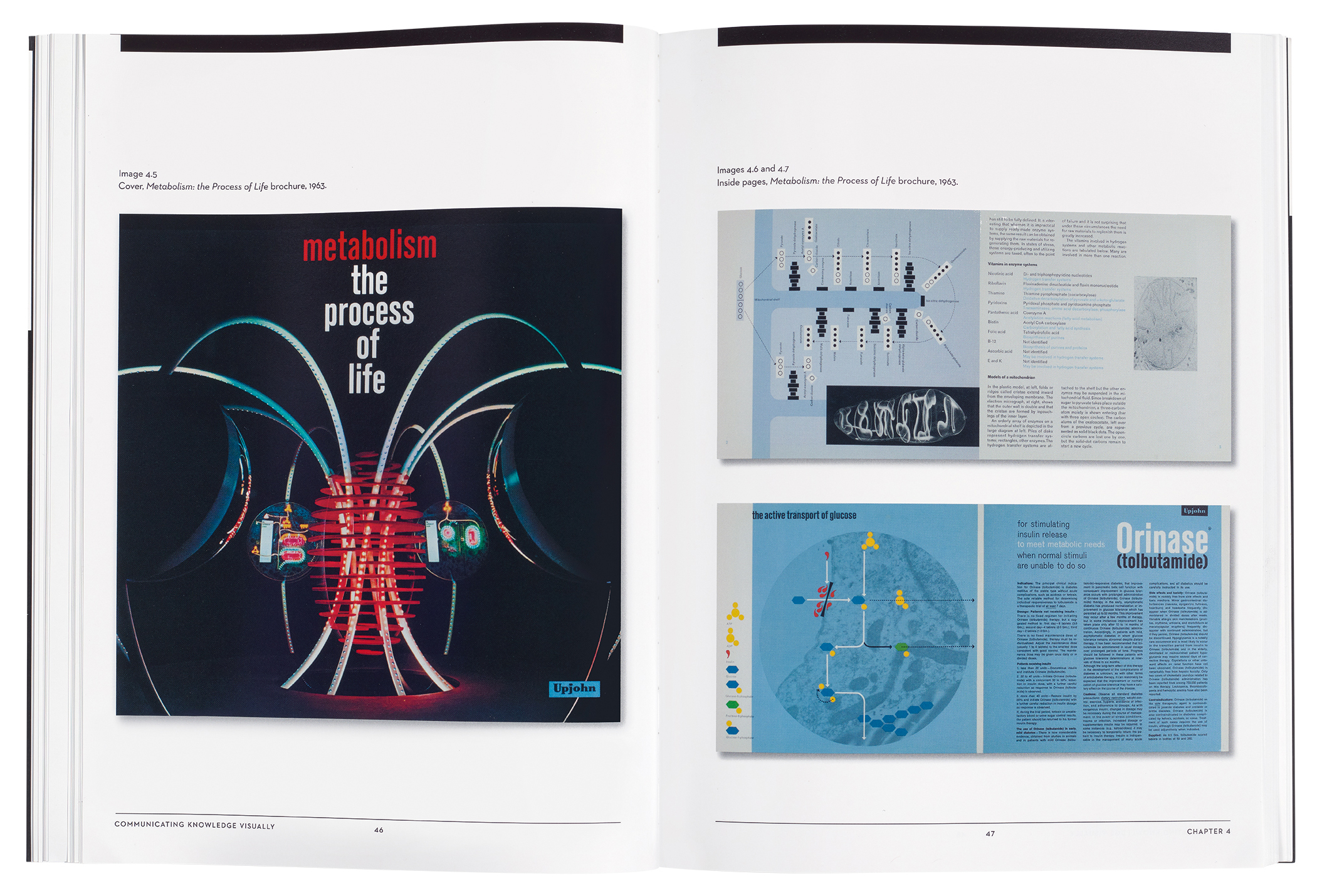
How do you tell the story of the way graphic design actually gets done? Two books, both centred around infographics, take totally opposite approaches. R. Roger Remington and Sheila Pontis’s Communicating Knowledge Visually: Will Burtin’s Scientific Approach to Information Design takes a very scientific approach to a very scientific designer. Burtin fled Nazi Germany and, once settled in the US, became art director of Fortune, the great magazine of American business from 1945, before working for Upjohn, the ‘big phama’ of its day, from 1949 until his death in 1971.
The book takes the approach of a teaching manual: a structured text with numbered paragraphs, analysis of Burtin’s working methods and case-study boxes. It makes it all appear logical and somehow inevitable, with no problems along the way. However straight-line the book’s presentation, the examples of Burtin’s work for Upjohn: Scope magazine and the amazing 3D walk-through models of brains and cells (above) he made in the early 1960s – in a time before video walls – remain inspirational. There is a magic in these projects that the book seems not to admit to.
Cover and spread (top) of Communicating Knowledge Visually: Will Burtin’s Scientific Approach to Information Design designed by Bruce Ian Meader.
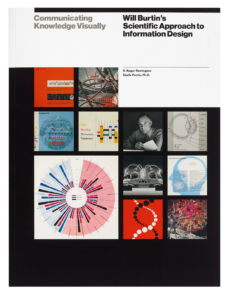
At the other end of the line (literally) is The New York Subway Map Debate, a transcript of the evening in April 1978 at Cooper Union when Massimo Vignelli (below) met the critics of his 1972 New York subway map. By the time of the debate, his studio’s map was on the way out, about to be replaced with something much less abstract. The transcript and (subsequently) pictures of the debate were discovered by Helvetica director Gary Hustwit.
Spread from The New York Subway Map Debate featuring Massimo Vignelli.
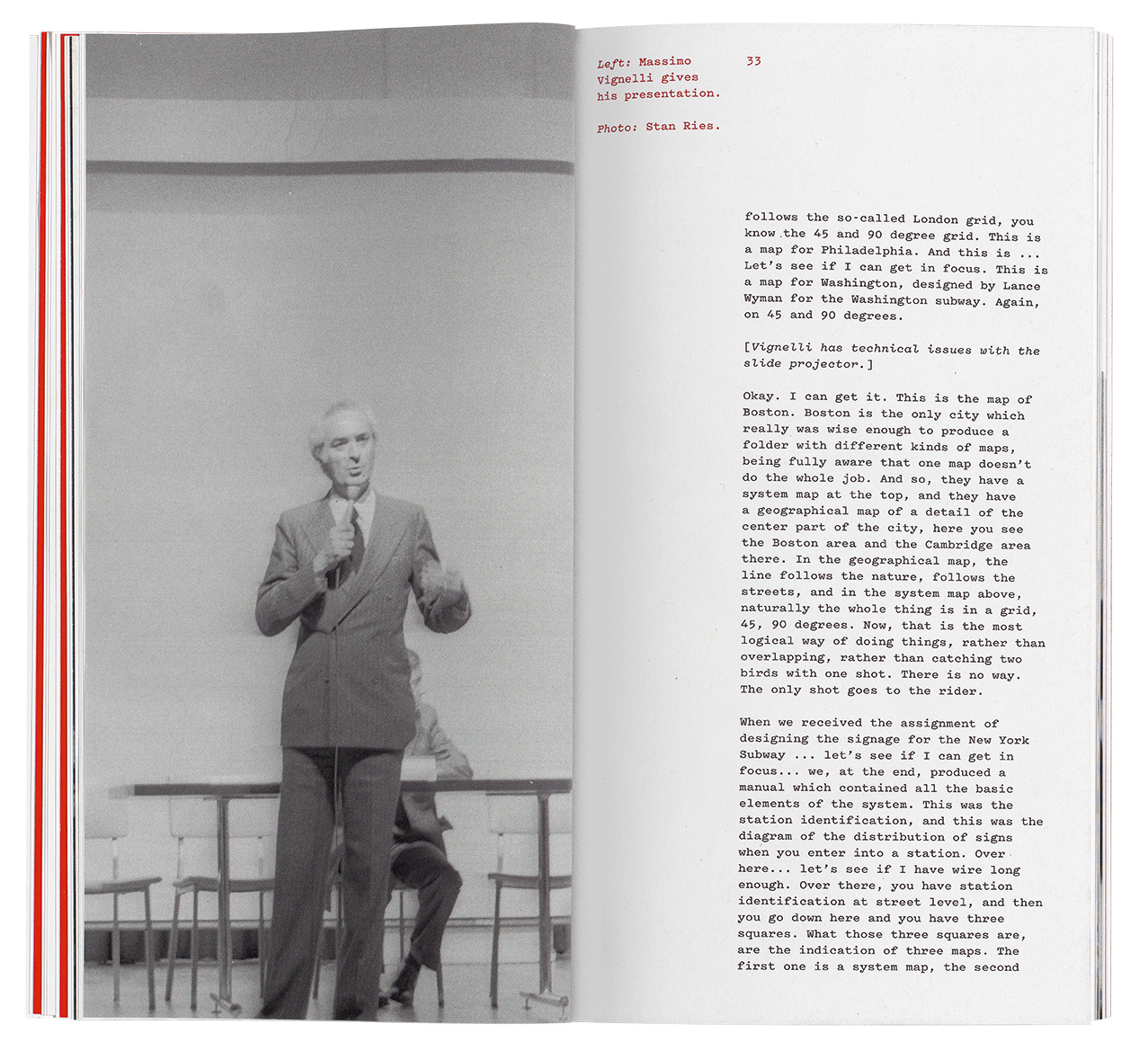
It’s a thrilling read as Massimo, elegant in design, tailored suit and argument, is assailed by NYC train nerds who want more detail, and a map more like the geography of the city. In vain, Massimo tries to explain that more information does not make things clearer, that he worked for two-and-a-half years with the Transit Authority, who never raised any objections, and that the map was just one part of an unrealised system of information graphics that he had proposed. This book has the sense of real life, and the moment when one of the world’s iconic graphic projects was abandoned by a client that never really appreciated what it had.
Cover of The New York Subway Map Debate designed by Order.
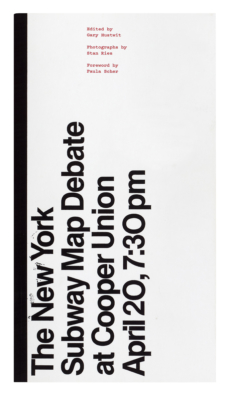
Simon Esterson, art director of Eye, London
First published in Eye no. 103 vol. 26, 2022
Eye is the world’s most beautiful and collectable graphic design journal, published for professional designers, students and anyone interested in critical, informed writing about graphic design and visual culture. It is available from all good design bookshops and online at the Eye shop, where you can buy subscriptions and single issues.

